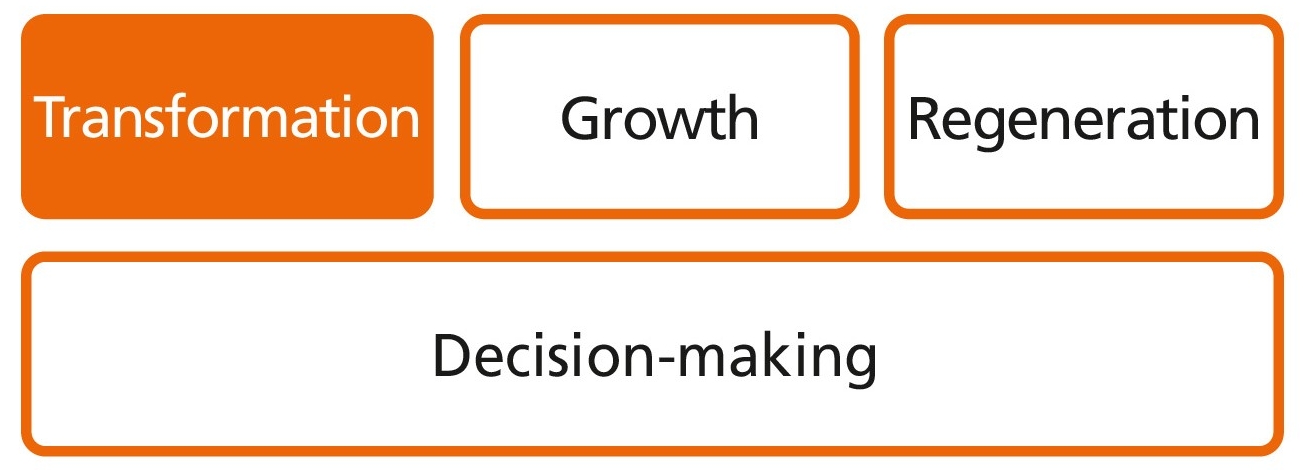Where is this use of data already being applied?
Precision equipment manufacturer Nordson Corporation uses a digitized planning board. On this, all machines are mapped centrally in the dashboard so that orders can be flexibly assigned and changed.
The IT company Dualis uses a software application to calculate complex manufacturing processes. For this purpose, the data from orders, the required resources, set-up times as well as delivery times are analyzed. In this way, the individual components in production can be better coordinated and networked. The software can be used both in workshop control and in mass production.
Schaeffler, a supplier to the automotive and mechanical engineering industries, uses the Schaeffler Spindle Sense monitoring system. The system continuously measures the values of the spindle machine. Spindle utilization can then be optimized on the basis of this data.
The consulting company for engineering services imk Automotive offers virtual production planning and process evaluation with its ema software solution. For this purpose, data from industrial customers is collected and used to model and optimize individual work steps in the production process.



